The timeless combination of beige and black creates stunning house exteriors that balance warmth with sophistication. These neutral colors work harmoniously together, with beige providing a welcoming foundation while black adds dramatic contrast and modern appeal. Beige has a unique way of warming up a home's exterior in a way that other neutrals simply can't, while black accents create elegant definition. Whether you prefer contemporary minimalism or classic farmhouse charm, beige and black combinations offer endless possibilities for creating a distinctive and inviting home exterior that stands the test of time.
1. Beige and Black Modern Farmhouse Board and Batten
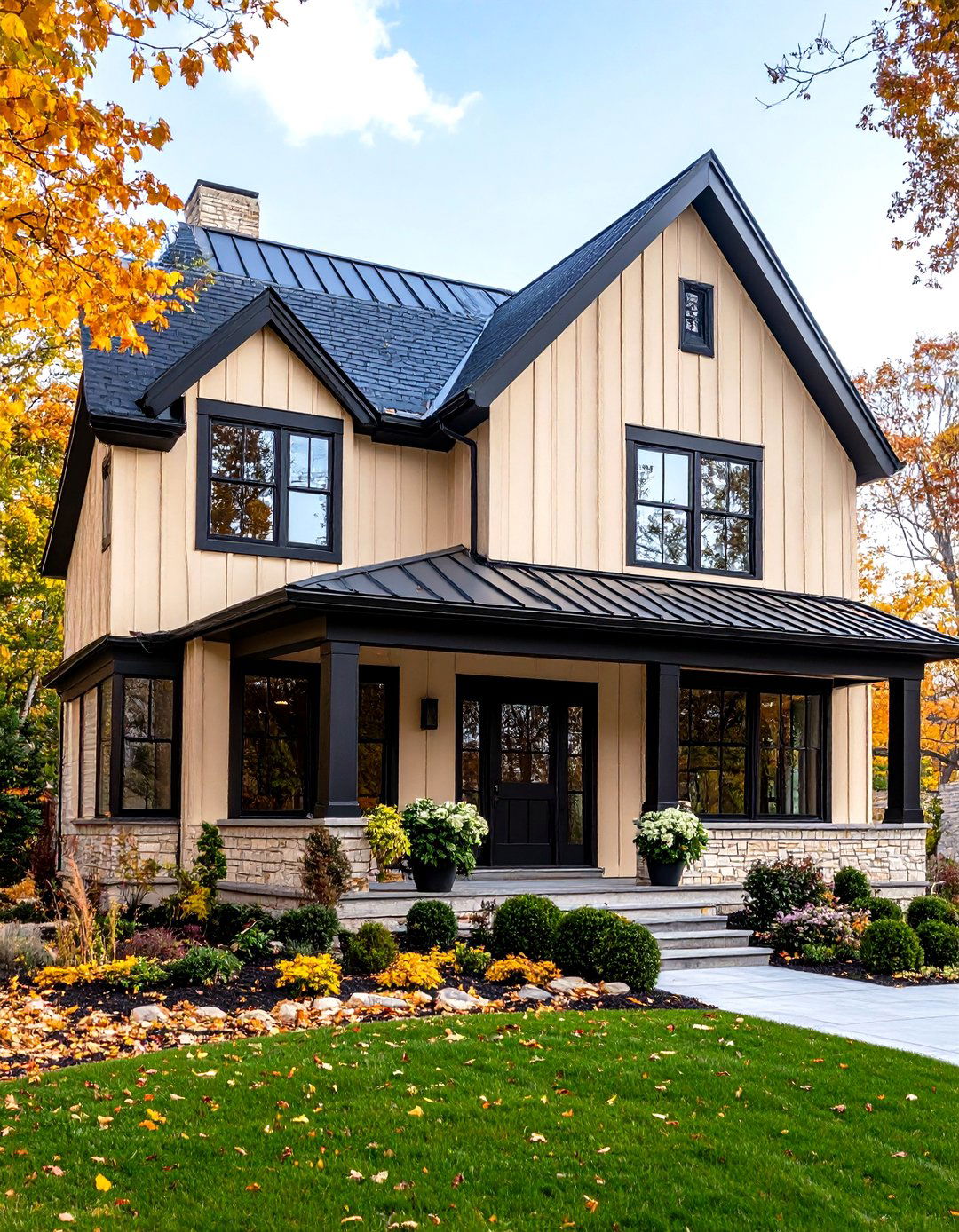
Board and batten siding painted in warm beige creates the perfect canvas for black window frames and trim details. This classic farmhouse approach combines traditional materials with contemporary color choices for a timeless yet fresh appearance. The vertical lines of board and batten siding add texture and visual interest, while black accents on windows, doors, and shutters provide striking contrast. This style combines wide boards and narrow battens that give the home rustic charm while remaining timelessly elegant. Consider adding black metal roofing to complete the cohesive color scheme. The natural wood grain texture beneath the beige paint adds warmth, while strategic black placement emphasizes architectural features and creates definition that draws the eye upward.
2. Beige and Black Contemporary Stucco Exterior
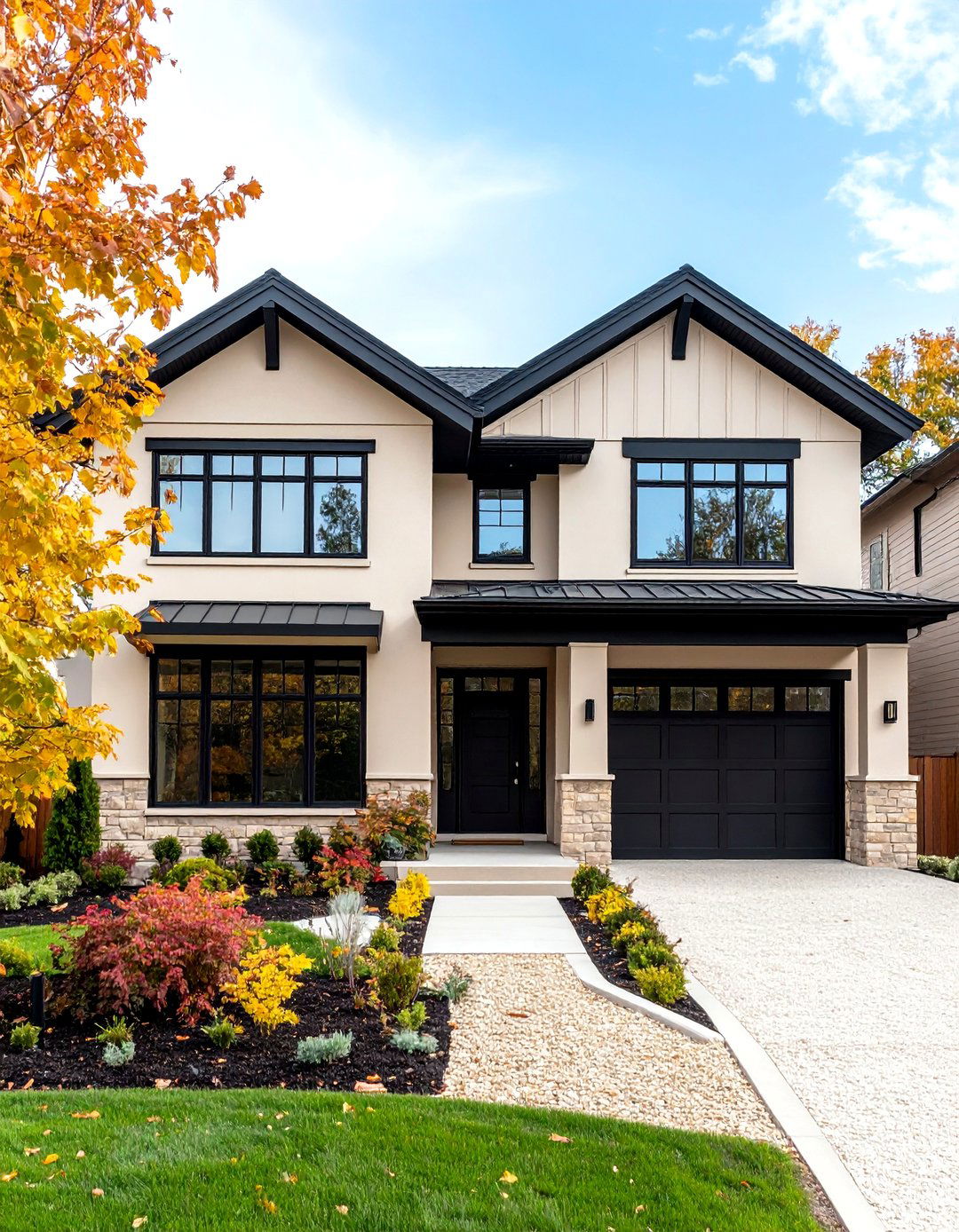
Smooth stucco walls in soft beige paired with bold black architectural elements create a sleek, contemporary aesthetic. This minimalist approach focuses on clean lines and geometric forms, where black window frames, entry doors, and roofline details stand out dramatically against the neutral backdrop. The stucco's seamless finish provides a modern canvas that emphasizes form over ornamentation. Strategic placement of black elements creates visual rhythm across the facade, while the warm beige undertones prevent the design from feeling cold or stark. This combination works particularly well with flat or low-pitched roofs and oversized windows. Adding black garage doors and outdoor lighting fixtures extends the color theme throughout the exterior design.
3. Beige and Black Mixed Material Facade
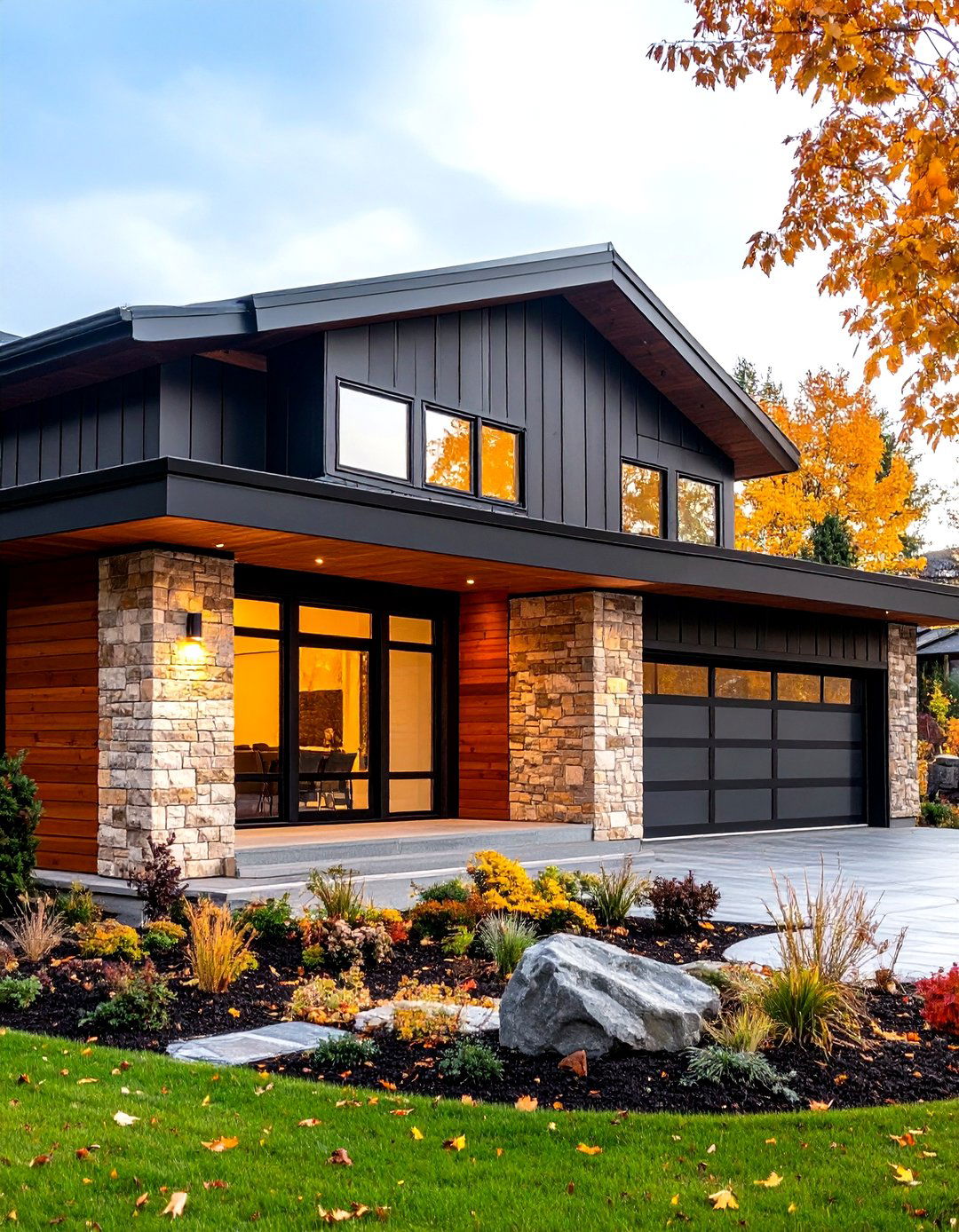
Combining different materials in beige and black creates depth and visual interest that elevates standard exterior design. Consider pairing beige stone or brick with black metal siding panels, or mixing beige stucco with black wood accents. This approach allows for creative material placement while maintaining color cohesion. The contrast between textures—smooth black metal against rough beige stone, for example—adds sophisticated dimension to the facade. The organic textures of stone contrast beautifully with the subtle warmth of brick, crafting a balanced and inviting look. Strategic material placement can highlight specific architectural features, create visual zones, or emphasize the home's proportions while maintaining the elegant beige and black palette throughout.
4. Beige and Black Transitional Colonial Style
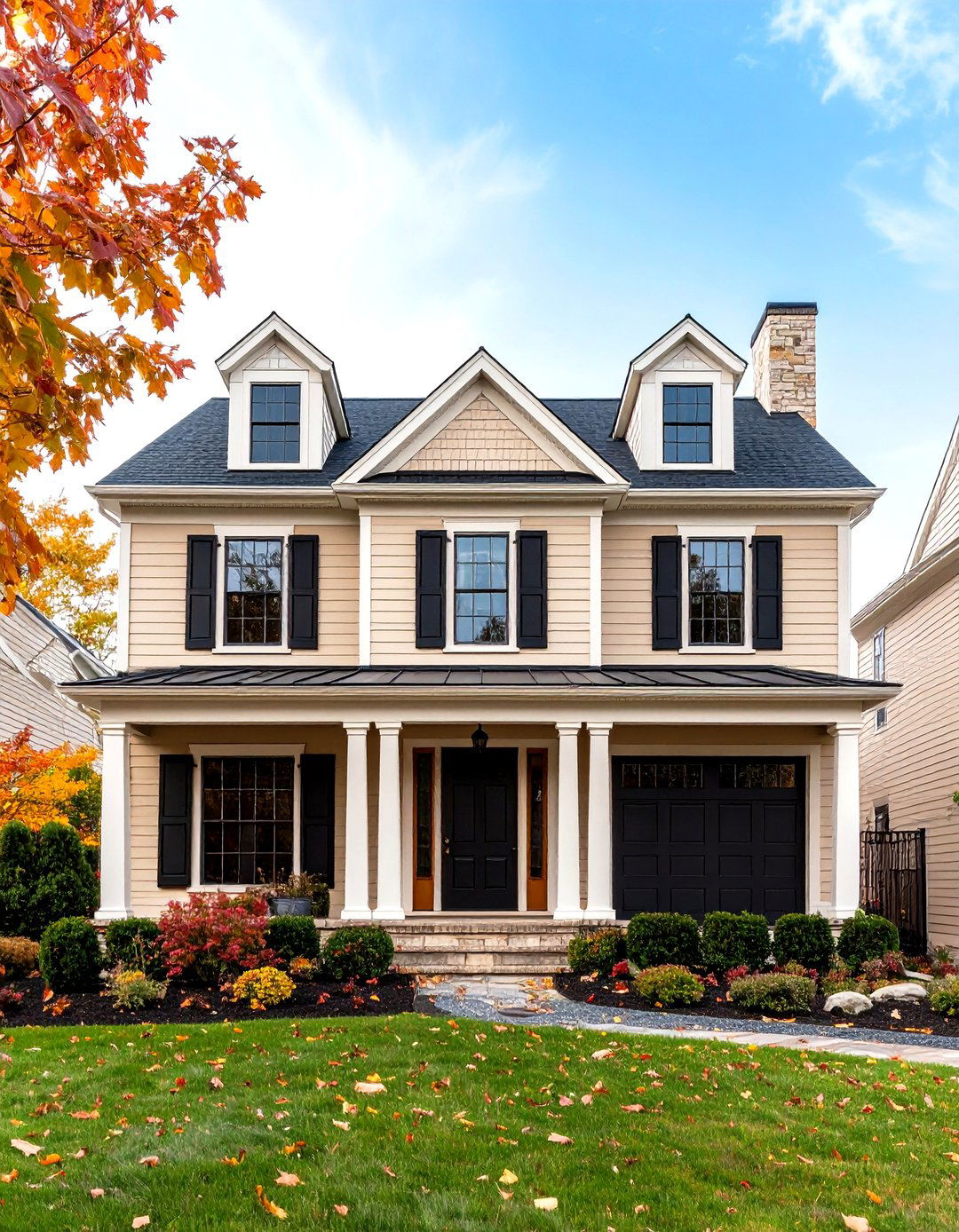
Transform traditional colonial architecture with sophisticated beige siding and crisp black trim details. This updated approach to classic design maintains historical proportions while introducing contemporary color sensibilities. Black trim creates a high-contrast color scheme that emphasizes architectural details and creates a crisp, polished look. Paint window shutters, front doors, and decorative elements in deep black to frame the warm beige body of the house. The formal symmetry of colonial design is enhanced by this refined color combination, creating curb appeal that feels both traditional and current. Consider black carriage-style garage doors and matching exterior lighting to complete the cohesive aesthetic while respecting the home's architectural heritage.
5. Beige and Black Minimalist Cube Design
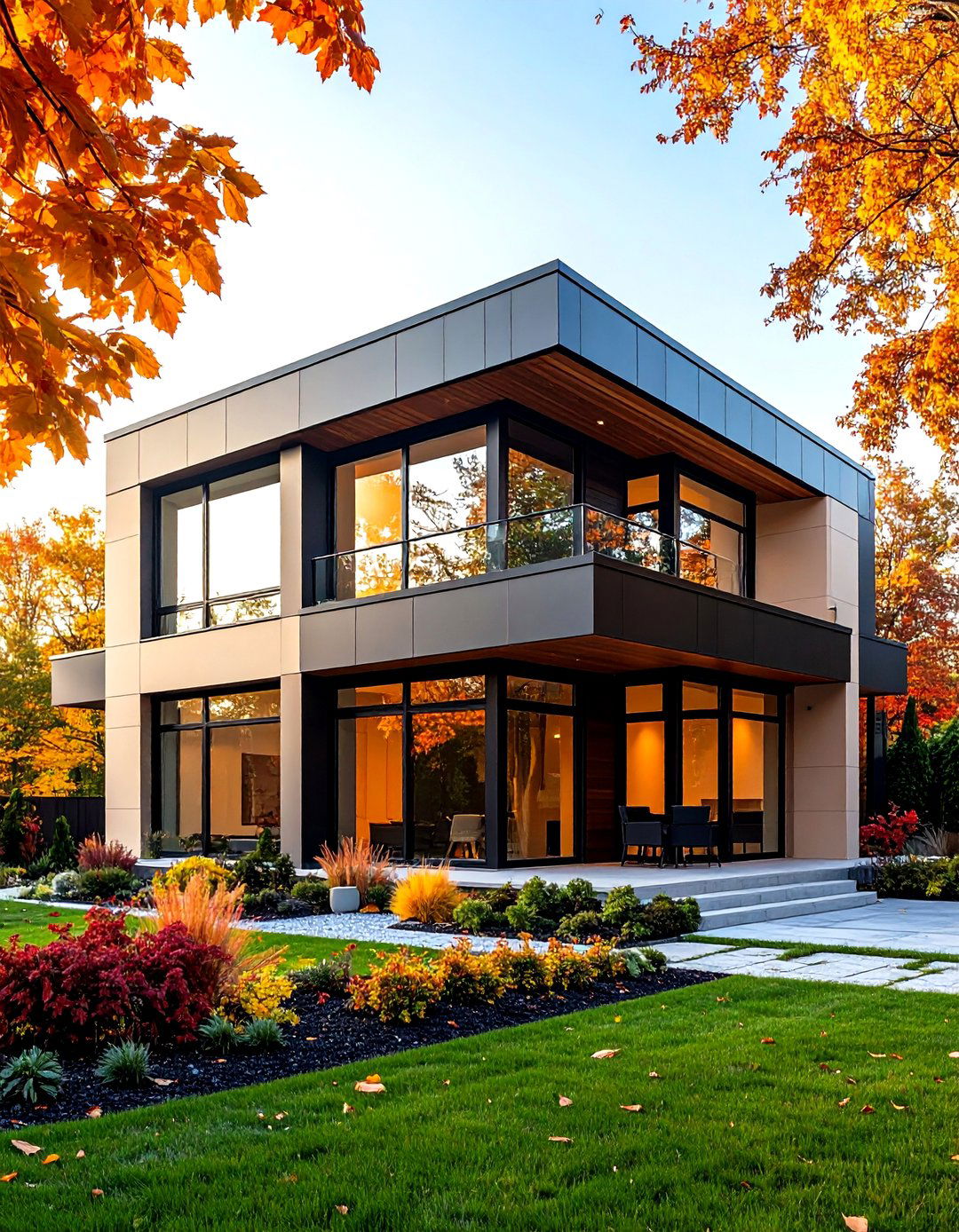
Modern minimalist exteriors emphasize clean lines and geometric forms where beige walls serve as a neutral backdrop for bold black accents. This approach features simple rectangular forms with minimal ornamentation, allowing the color contrast to create visual impact. Large black window frames become architectural statements against smooth beige surfaces, while black rooflines define the structure's geometric boundaries. The absence of decorative elements focuses attention on proportion, form, and the interplay between light and shadow. Strategic placement of black elements creates rhythm and balance across the facade. This style works exceptionally well with flat roofs, floor-to-ceiling windows, and integrated outdoor spaces that extend the interior living areas.
6. Beige and Black Natural Stone Combination

Natural stone in warm beige tones provides organic texture that pairs beautifully with sleek black architectural elements. This sophisticated combination balances the raw beauty of stone with refined modern accents. Black window frames, doors, and roofing materials create striking contrast against the stone's natural variations and textures. The irregular patterns and subtle color variations in beige stone add visual interest while maintaining the overall neutral palette. Stone colors with warm undertones should be paired with beige or dark elements for the most harmonious effect. Consider incorporating black metal details, such as railings or architectural screens, to add contemporary elements while respecting the stone's natural character and timeless appeal.
7. Beige and Black Craftsman Bungalow Update
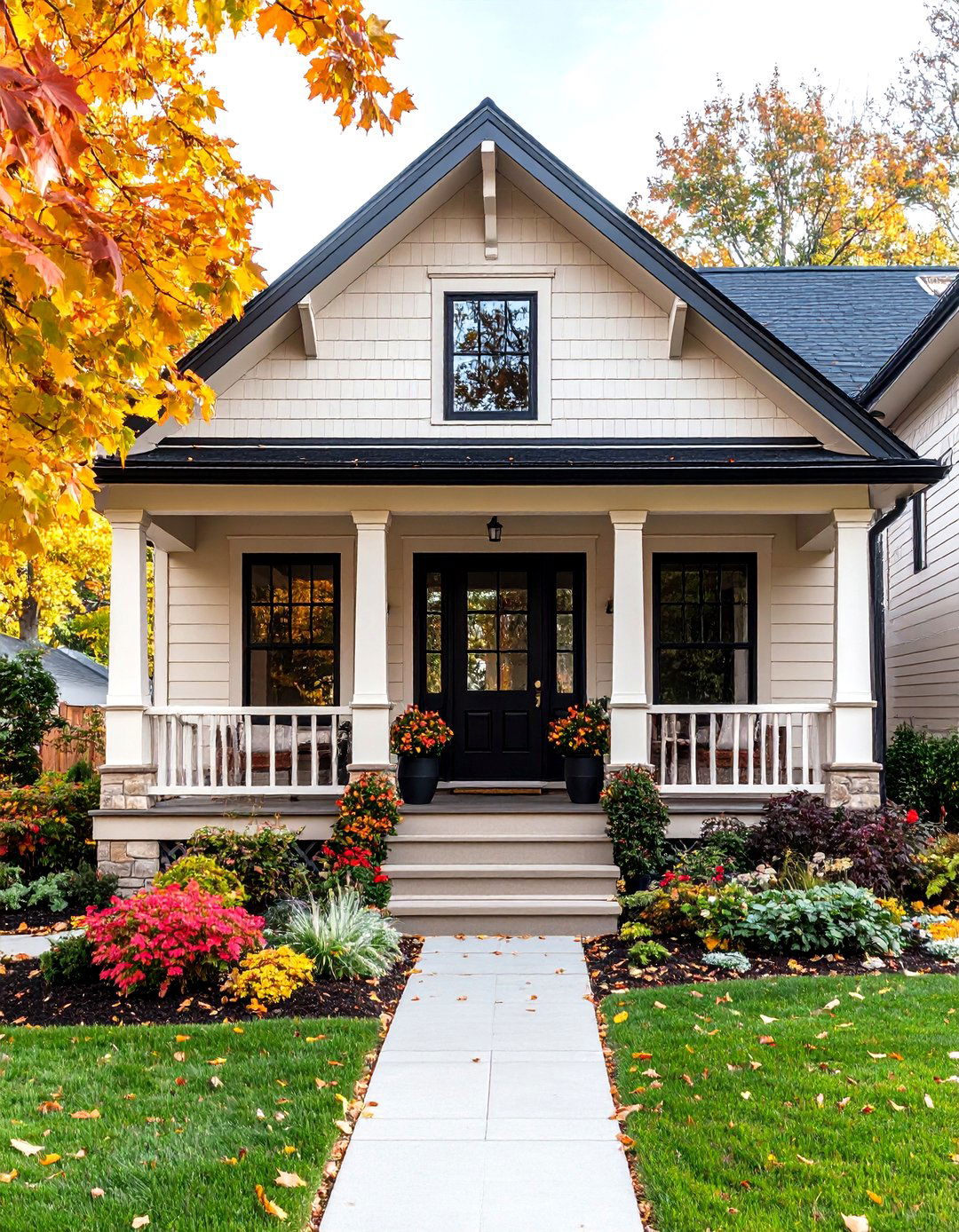
Refresh classic Craftsman architecture with warm beige siding and strategic black accent placement. This approach honors the style's emphasis on natural materials and horizontal lines while introducing contemporary color sophistication. Paint the main body in soft beige while highlighting window trim, front porch columns, and decorative brackets in deep black. The best colors for modern interpretations include warm neutrals like beige combined with dramatic contrasts. The Craftsman's characteristic deep eaves and exposed rafter tails provide excellent opportunities for black accent placement. Consider black front doors with decorative glass panels and matching exterior light fixtures to complete the updated traditional aesthetic while maintaining the style's cozy, approachable character.
8. Beige and Black Industrial Loft Style
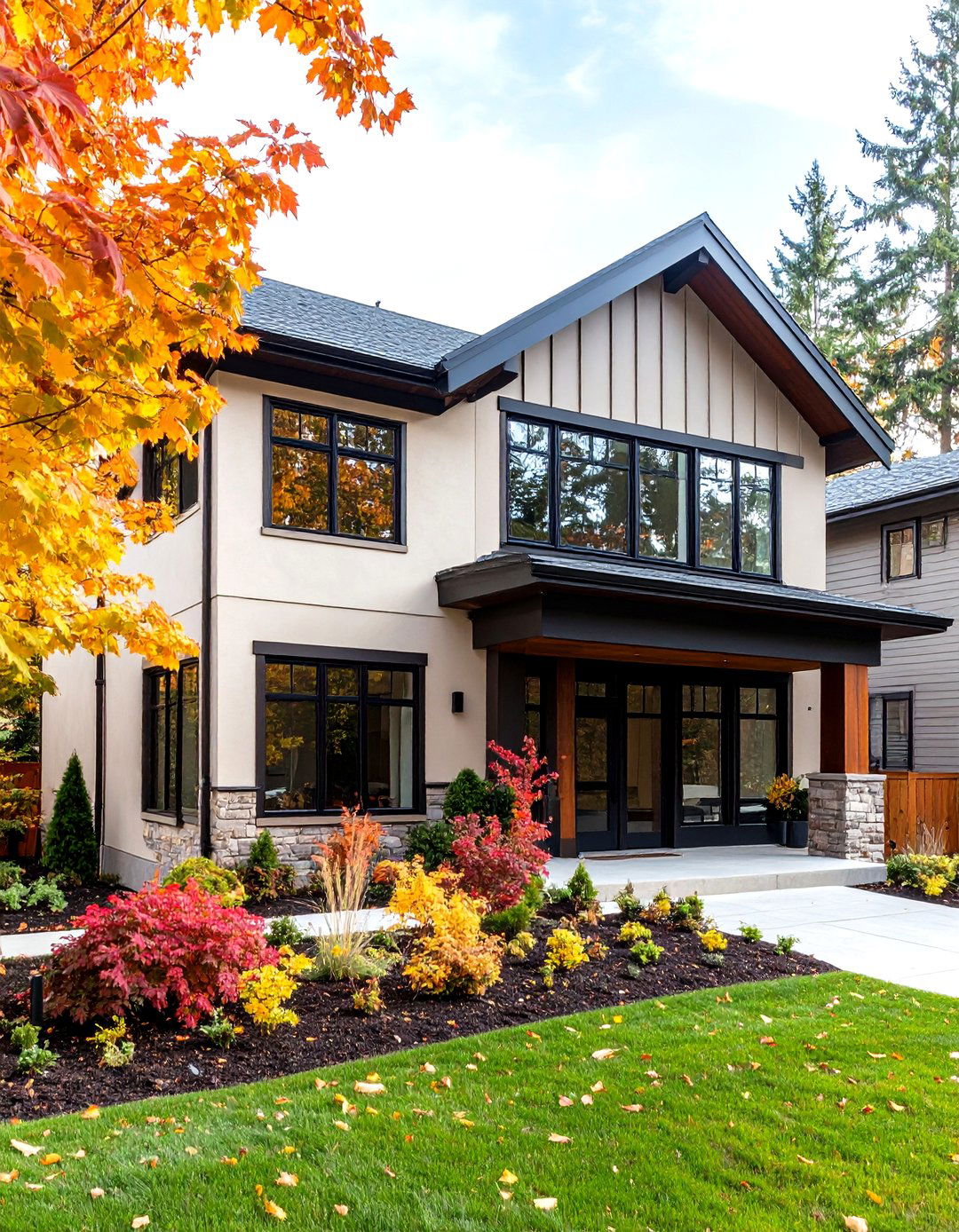
Transform modern residential design with beige concrete or stucco surfaces paired with black metal accents for an industrial-inspired aesthetic. This approach emphasizes raw materials and utilitarian design elements while maintaining residential warmth through the beige color choice. Black steel window frames, exposed structural elements, and metal roofing create authentic industrial character. The smooth beige surfaces provide a neutral foundation that allows black architectural elements to stand out dramatically. Consider incorporating black metal siding panels, exposed ductwork, or industrial-style lighting fixtures. This combination works particularly well with large windows, open floor plans, and integration between indoor and outdoor spaces. The result is a sophisticated urban aesthetic that feels both contemporary and timeless.
9. Beige and Black Mediterranean Revival

Mediterranean style homes benefit from warm color palettes that reflect their regional character. Combine warm beige stucco walls with black wrought iron details, window grilles, and roofing accents for an authentic Mediterranean feel. The smooth stucco provides an ideal backdrop for ornate black metalwork, decorative tiles, and architectural details. Black roof tiles or metal roofing complement the warm beige walls while providing practical weather protection. Consider adding black window shutters, decorative iron balconies, and ornate light fixtures to enhance the Mediterranean character. The interplay between the warm beige surfaces and dramatic black accents creates depth and visual interest while maintaining the style's characteristic warmth and elegance. Landscape integration with appropriate plantings completes the Mediterranean aesthetic.
10. Beige and Black Scandinavian Modern

Embrace Nordic design principles with clean beige surfaces and minimal black accent placement for a serene, functional aesthetic. Scandinavian design emphasizes simplicity and connection to natural elements. This approach features smooth beige siding or stucco with carefully placed black window frames, entry doors, and roofing elements. The emphasis on horizontal lines and large windows maximizes natural light while the neutral palette creates a calming, understated elegance. Black trim should be used sparingly to maintain the style's characteristic restraint and focus on functionality. Consider flat or low-pitched roofs in black metal, oversized windows with slender black frames, and minimal decorative elements. The result is a sophisticated, livable design that emphasizes quality materials and thoughtful proportions.
11. Beige and Black Tudor Revival Interpretation
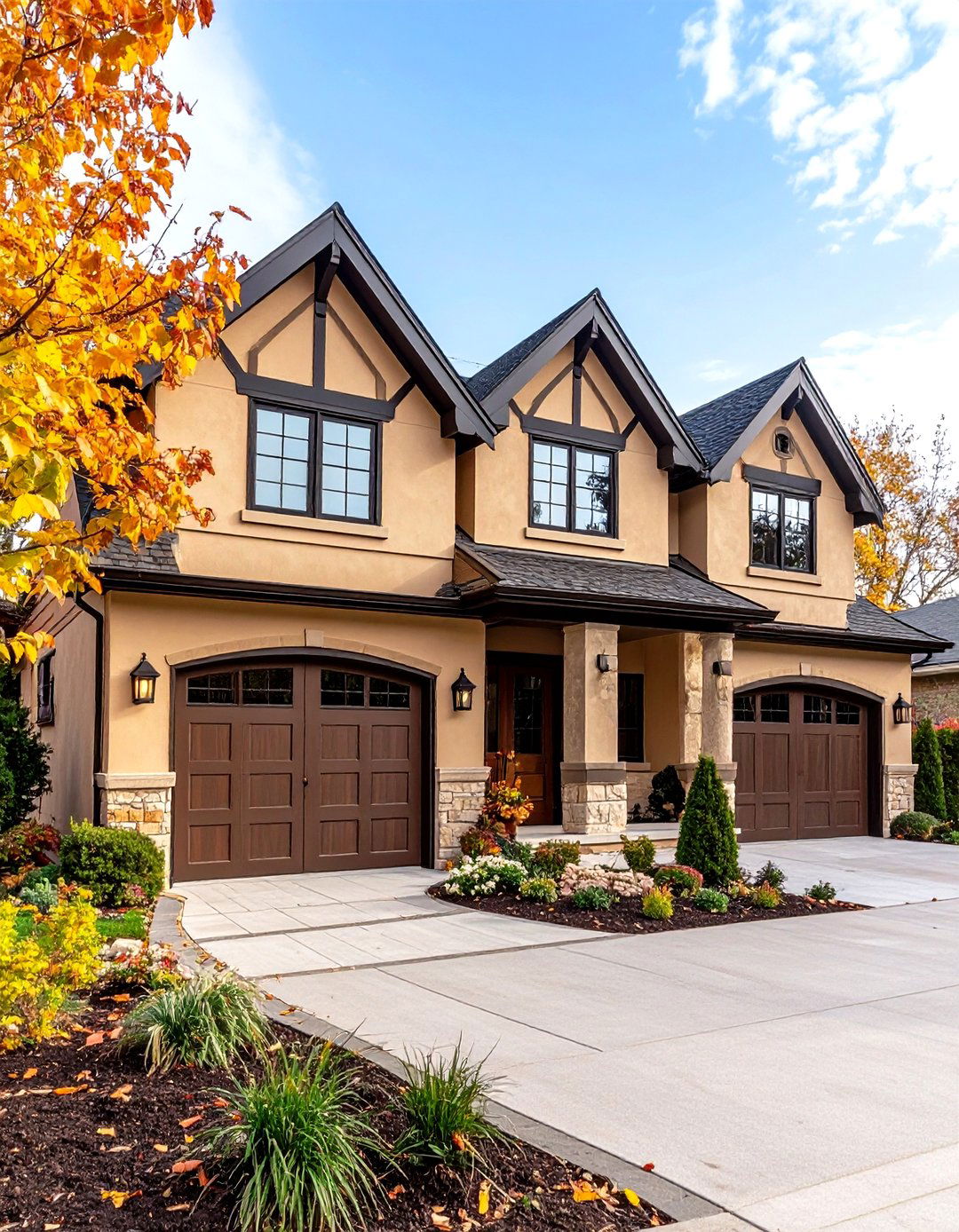
Tudor-style homes have distinct woodwork that lends itself well to black-and-white exterior color schemes, and beige provides a warmer alternative to traditional white. Paint the stucco or masonry portions in warm beige while highlighting the characteristic timber framing, window trim, and architectural details in deep black. This approach maintains the Tudor style's dramatic half-timbered appearance while introducing contemporary color sophistication. The beige backdrop softens the overall look while black structural elements create the strong geometric patterns essential to Tudor design. Consider black window shutters, decorative garage doors, and period-appropriate lighting fixtures. The interplay between beige surfaces and black timber details creates authentic Tudor character while feeling fresh and current.
12. Beige and Black Contemporary Ranch Update
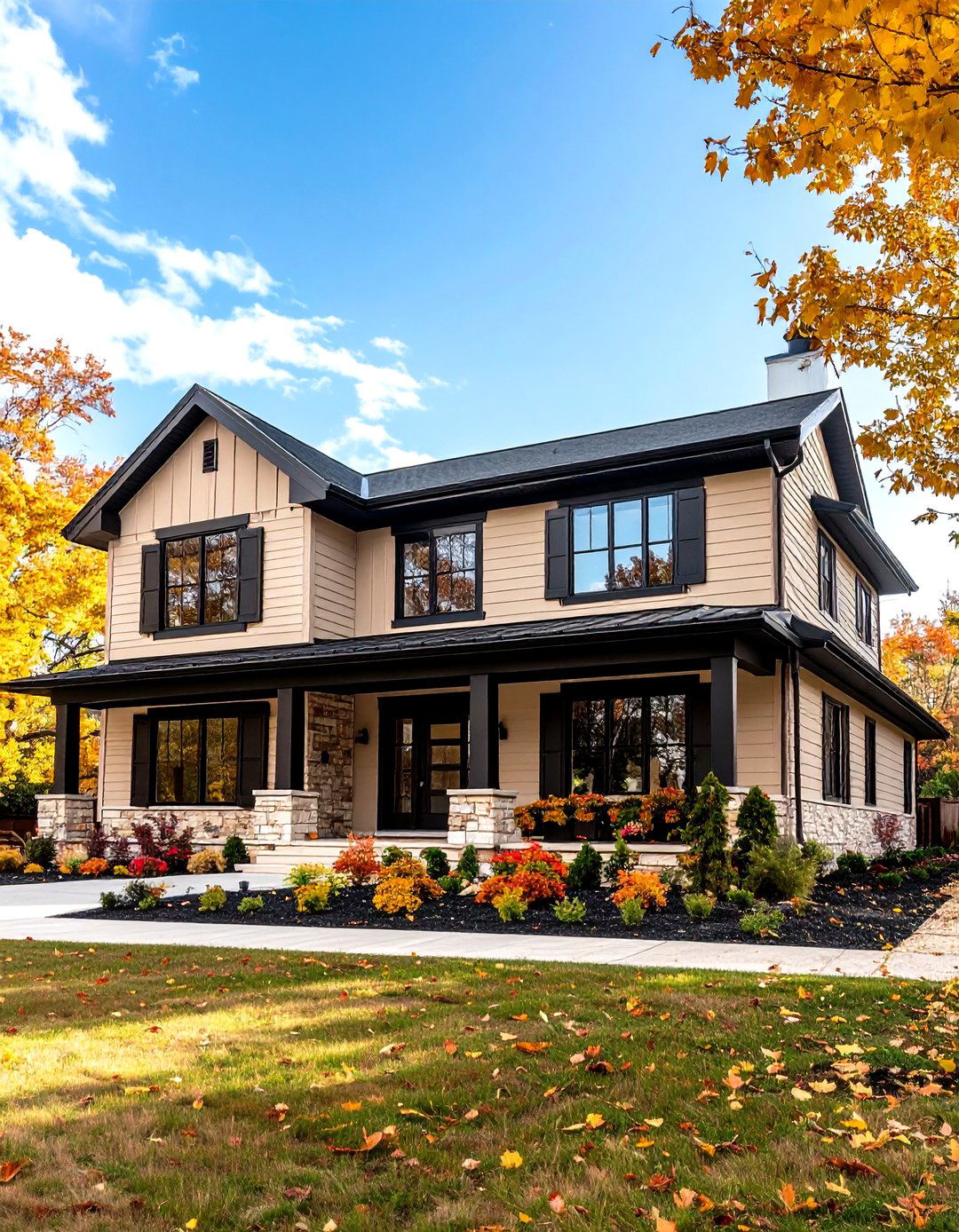
Transform single-story ranch homes with horizontal beige siding and strategic black accent placement for a sophisticated mid-century modern revival. Ranch style homes benefit from color updates that emphasize their horizontal lines and connection to landscape. Paint the main siding in warm beige while highlighting window frames, front doors, and roof edges in black. The ranch's characteristic low profile and large windows provide excellent opportunities for creating dramatic contrast through careful color placement. Consider black shutters, garage doors, and integrated planter boxes to extend the color theme. The horizontal emphasis of ranch design is enhanced by the color contrast, creating visual interest while maintaining the style's characteristic connection to the ground and emphasis on indoor-outdoor living.
13. Beige and Black Brick and Siding Combination
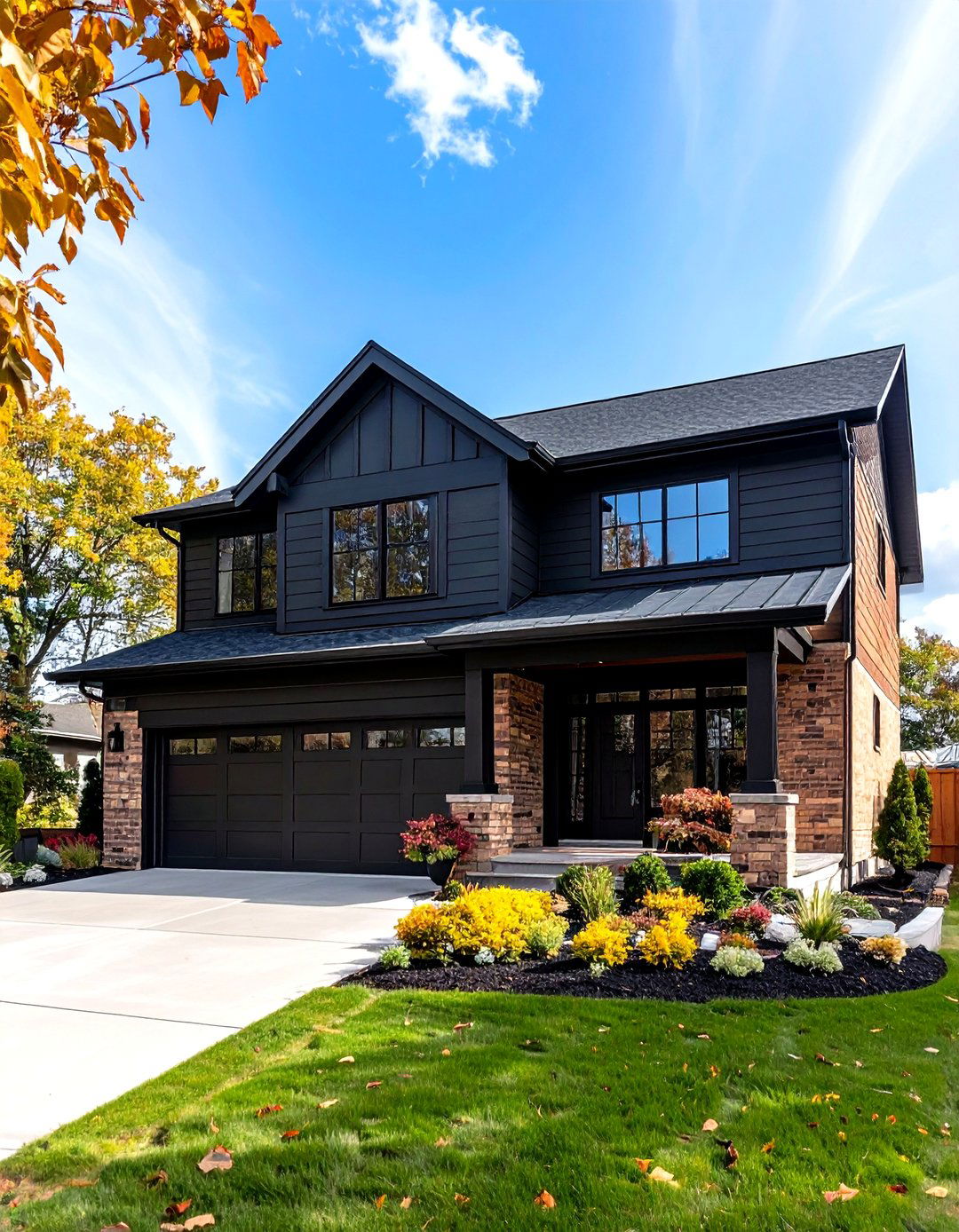
Combining beige brick with black siding creates sophisticated material contrast that adds depth and visual interest to exterior design. This approach typically features beige brick on lower portions or accent areas with black siding on upper levels or primary surfaces. The material contrast creates natural visual zones while the coordinated color palette maintains overall cohesion. Beige has a unique way of warming up a home's exterior while black adds sophisticated contrast. Consider using beige brick for foundation areas, chimneys, or accent walls while incorporating black board-and-batten or horizontal siding for main wall surfaces. Black window trim and roofing elements tie the materials together while creating a unified, contemporary appearance that feels both traditional and current.
14. Beige and Black Geometric Pattern Design
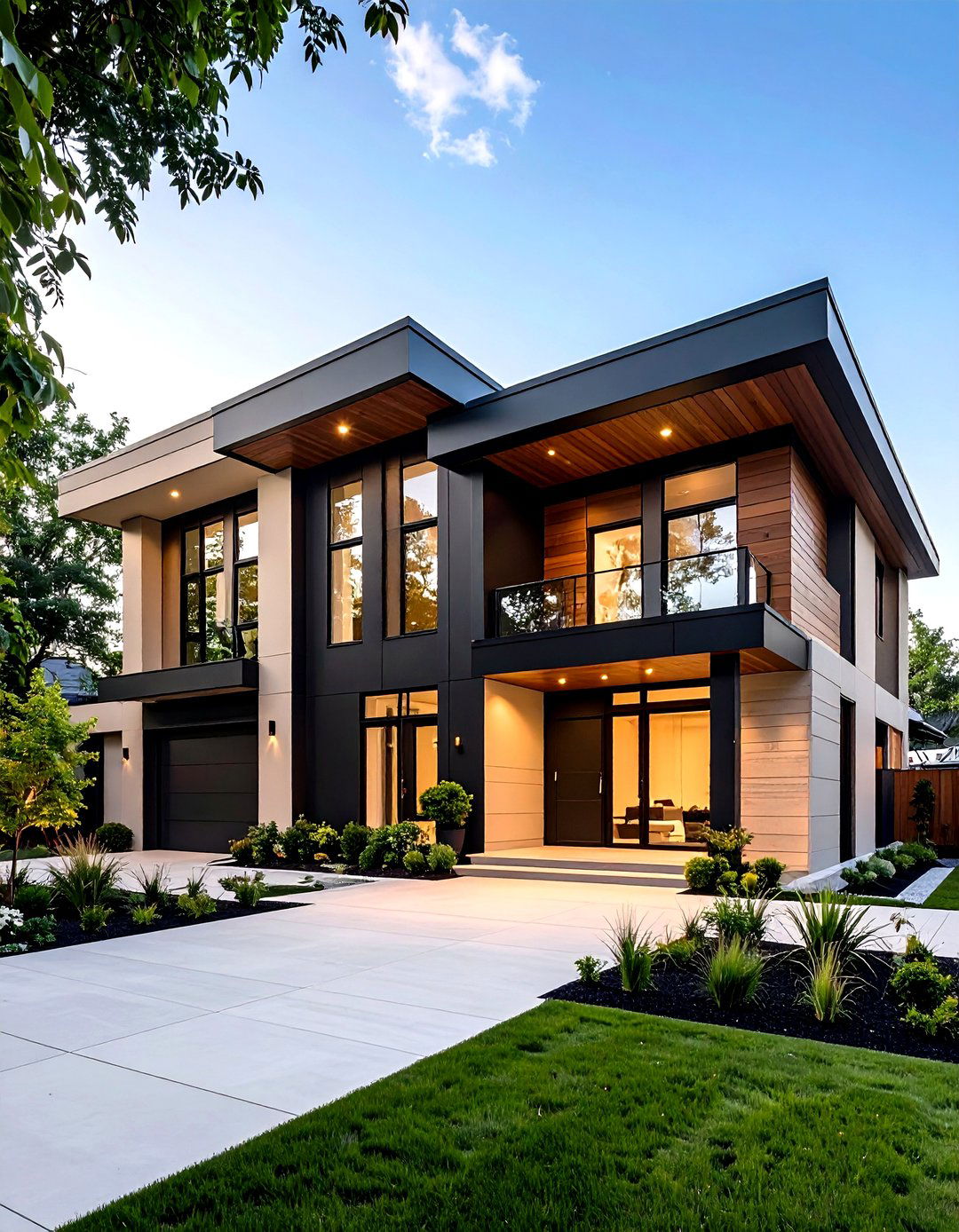
Geometric patterns in beige and black bring a fresh, artistic perspective to classic design. This approach uses carefully planned placement of beige and black elements to create visual patterns across the facade. Consider alternating black and beige siding sections, creating geometric shapes with material changes, or using black trim to outline specific architectural zones. The systematic approach to color placement creates rhythm and movement while maintaining sophisticated restraint. This technique works particularly well with contemporary and modernist architectural styles where clean lines and geometric forms are emphasized. The result is an engaging visual effect that invites closer inspection while maintaining the timeless appeal of neutral colors.
15. Beige and Black Horizontal Siding Focus
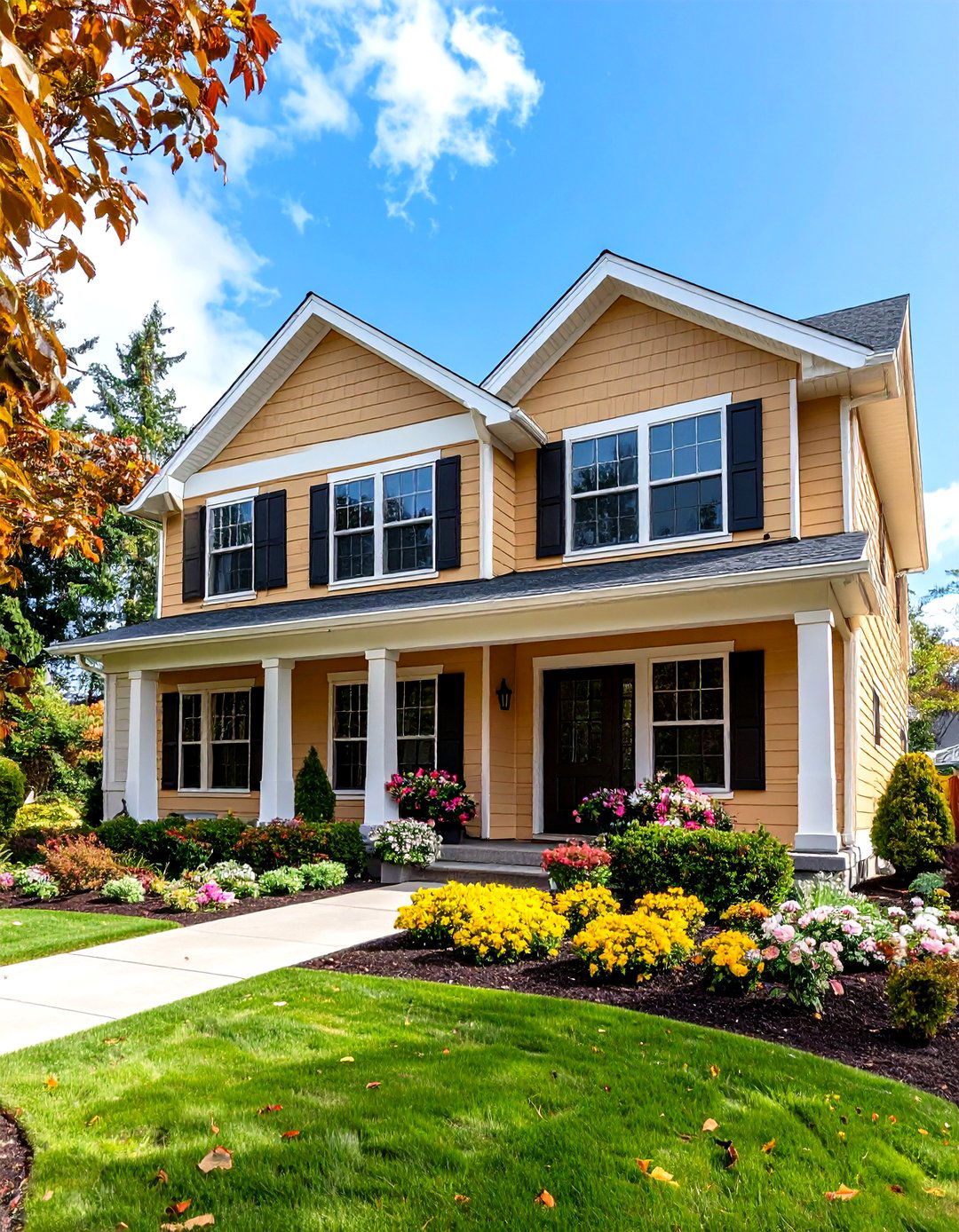
Wide horizontal siding in warm beige creates strong linear emphasis when paired with black window frames and trim details. Horizontal siding is characteristic of modern farmhouse and contemporary design, providing a clean backdrop for strategic black accent placement. The horizontal lines emphasize the home's width and connection to the landscape while creating a sense of stability and repose. Black elements should be used to highlight architectural features such as windows, doors, and roofline details. Consider black shutters or garage doors to extend the color theme while maintaining the emphasis on horizontal movement. This approach works particularly well with single-story homes or designs where horizontal emphasis enhances the overall proportions and site relationship.
16. Beige and Black Mixed Roof Material Design
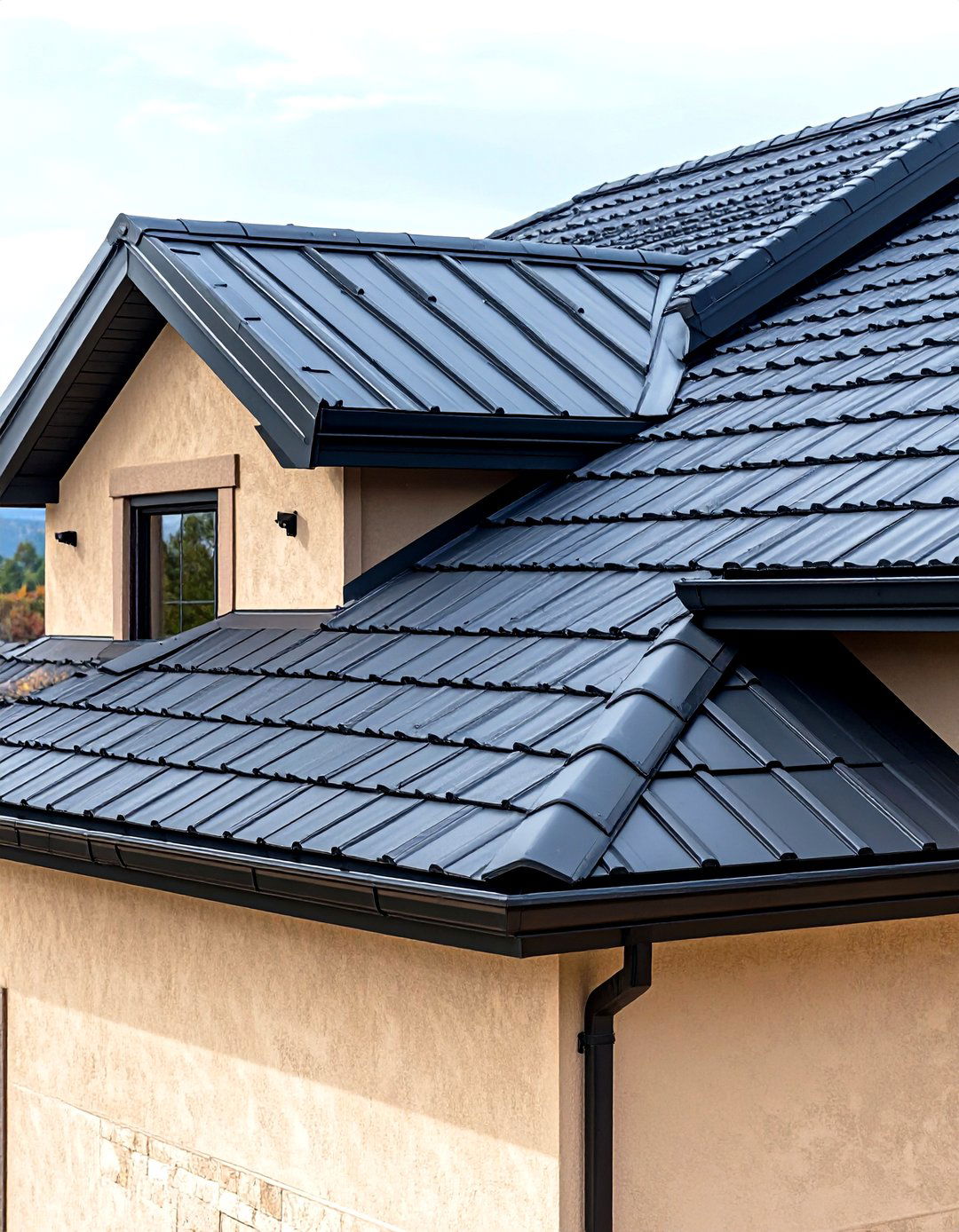
Black roofing provides dramatic contrast against beige walls while creating sophisticated color coordination. This approach combines different roofing materials in black—such as metal panels and traditional shingles—with consistent beige wall surfaces. The varied roof textures and materials add visual interest while the coordinated black color maintains unity. Consider combining flat black metal roofing on main areas with black tile or shingle accents on dormers or architectural projections. The beige walls provide a neutral foundation that allows the varied black roofing elements to create sophisticated patterns and textures. This technique is particularly effective on complex rooflines where different materials can highlight specific architectural features while maintaining overall design cohesion.
17. Beige and Black Vertical Element Emphasis

Vertical elements in black create dramatic contrast against beige backgrounds while emphasizing the home's height and proportions. This approach uses black columns, pilasters, window frames, or siding sections to create strong vertical lines against warm beige surfaces. The vertical emphasis can make homes appear taller while creating sophisticated architectural rhythm. Consider black board-and-batten siding sections, tall black window frames, or black structural columns to achieve this effect. The strategic placement of vertical black elements creates visual interest while the beige backdrop provides warmth and continuity. This technique works particularly well with two-story homes or designs where vertical emphasis enhances the overall architectural character and street presence.
18. Beige and Black Textural Contrast Design
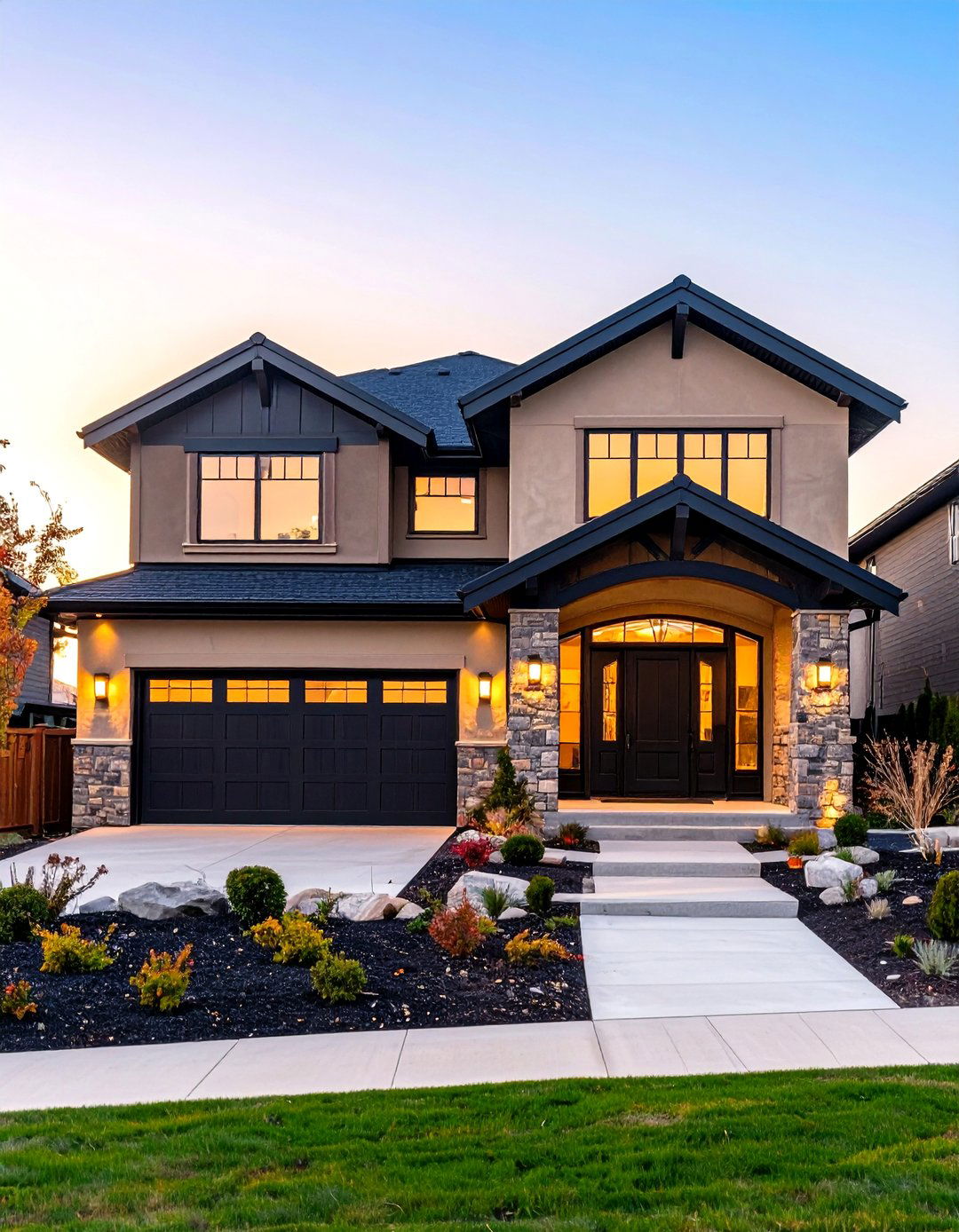
Combine smooth beige surfaces with textured black materials for sophisticated material contrast that creates visual depth. The contrast between different textures adds sophisticated dimension to facades. Consider pairing smooth beige stucco with rough black stone, or combining beige brick with smooth black metal panels. The textural differences highlight the unique characteristics of each material while the coordinated color palette maintains visual unity. This approach allows for creative material placement that can emphasize specific architectural features or create interesting visual zones. The interplay between smooth and rough textures, combined with the beige and black color contrast, creates sophisticated depth that invites closer examination while maintaining timeless appeal.
19. Beige and Black Window and Door Focus

Black window frames and doors create striking focal points against beige exteriors while emphasizing these important architectural elements. This approach uses consistent black treatment for all windows, doors, and related trim while maintaining beige for primary wall surfaces. The systematic color application creates visual rhythm and continuity while highlighting the openings that connect interior and exterior spaces. Consider oversized black window frames for contemporary appeal or traditional divided-light patterns for classic character. Black front doors become dramatic focal points while black garage doors maintain design consistency. This technique works with any architectural style and provides an easily achievable update that dramatically improves curb appeal while respecting the home's original character.
20. Beige and Black Landscape Integration Design
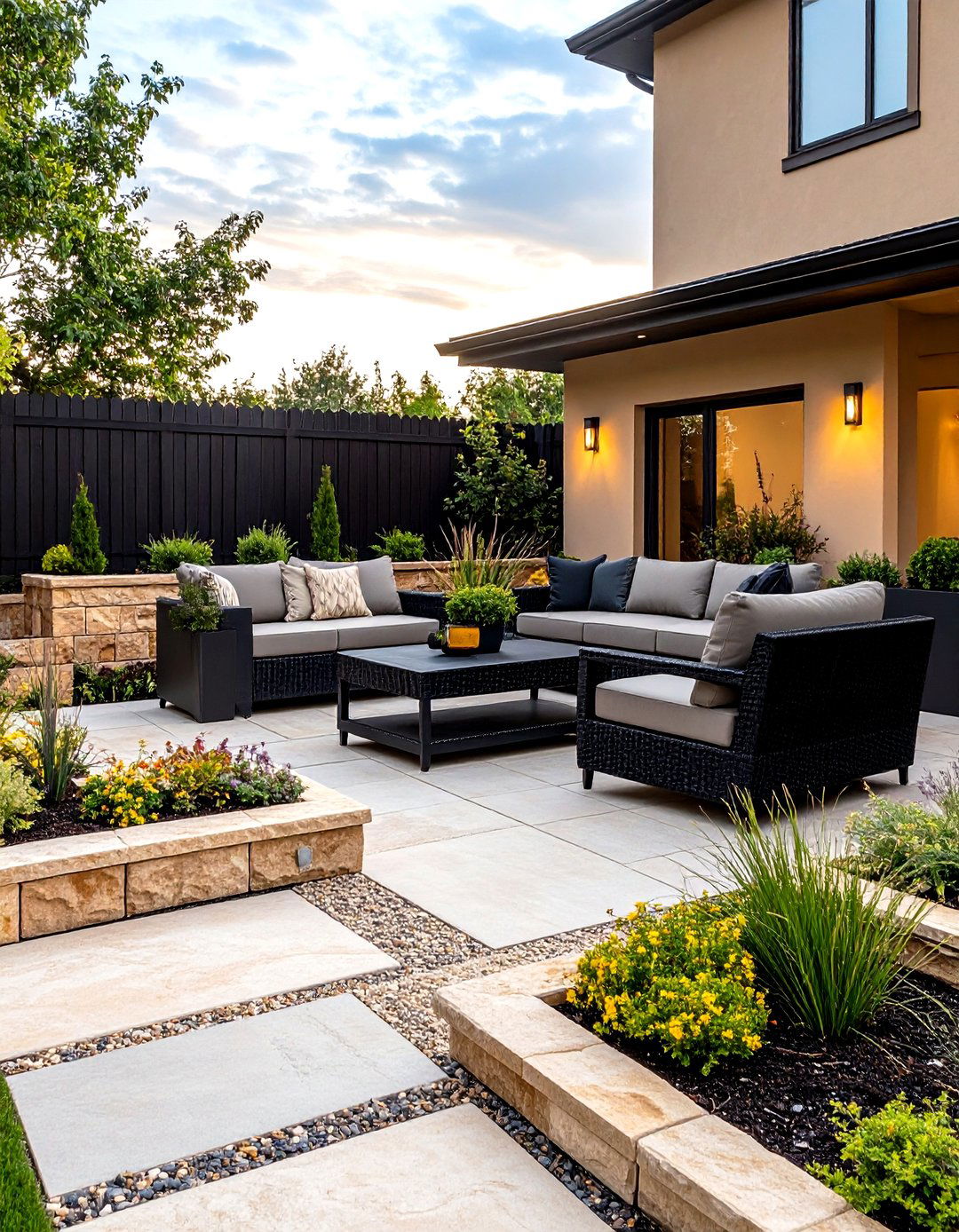
Landscaping plays a key role in exterior design, and the beige-black color palette should extend to outdoor elements. This comprehensive approach coordinates the home's beige and black exterior with complementary landscape materials and structures. Consider black fencing, planters, or outdoor furniture against beige retaining walls or exterior surfaces. The color coordination between house and landscape creates visual unity while extending the design theme throughout the property. Black accent elements in the landscape—such as modern planters, geometric garden structures, or contemporary outdoor lighting—create sophisticated contrast against beige surfaces. This integrated approach ensures that the home and its surroundings work together to create a cohesive, well-designed environment that enhances both the architecture and the landscape.
Conclusion:
Beige and black house exteriors offer timeless sophistication that transcends architectural styles and design trends. The versatility of this color combination allows for endless creative possibilities while maintaining classic appeal. Whether applied to modern farmhouse designs, contemporary minimalist structures, or traditional architectural styles, the warmth of beige balanced with the drama of black creates exteriors that are both welcoming and striking. These twenty ideas demonstrate the remarkable flexibility of this neutral palette, showing how strategic color placement, material choices, and architectural emphasis can transform any home into a distinctive and elegant statement that enhances curb appeal while standing the test of time.


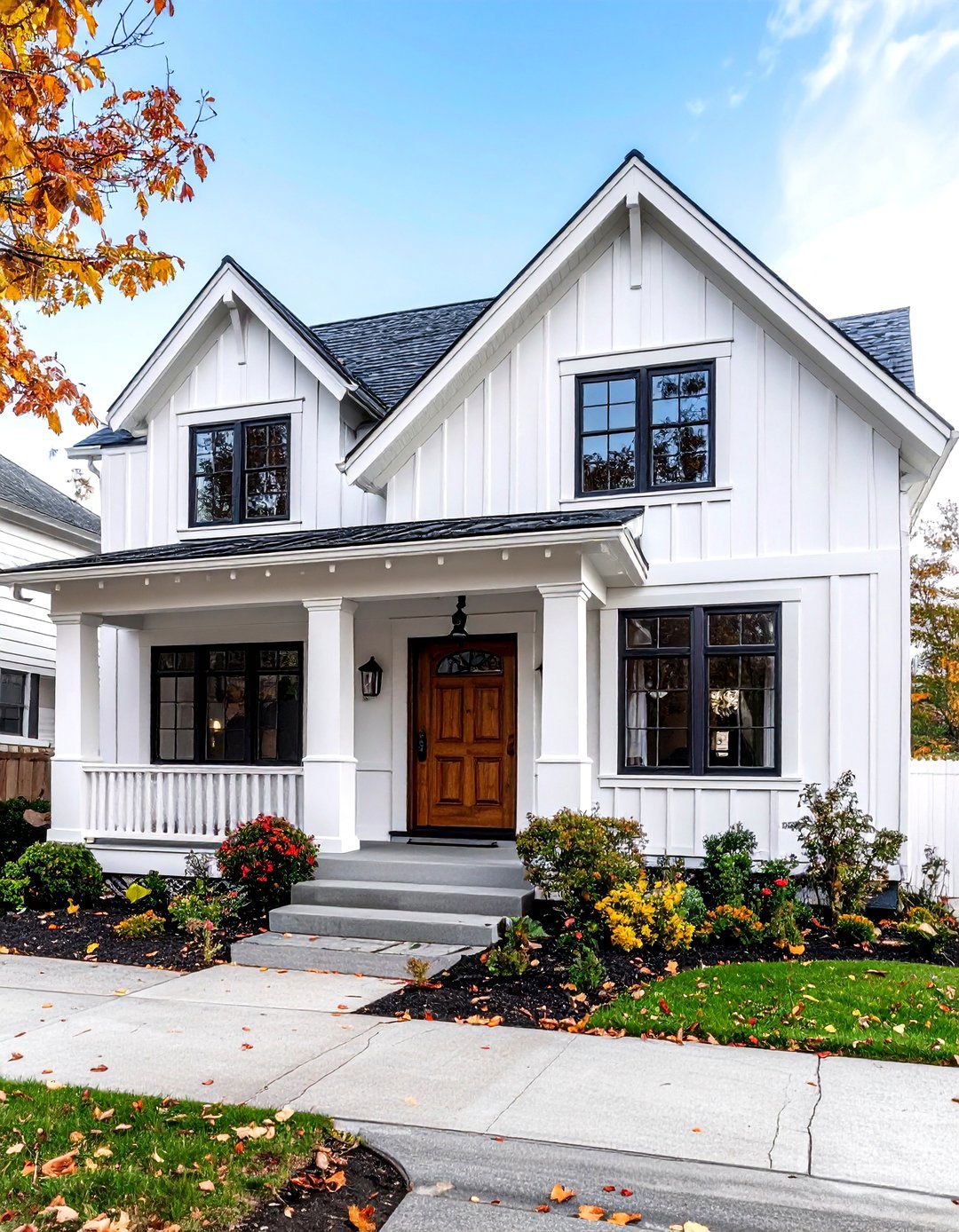
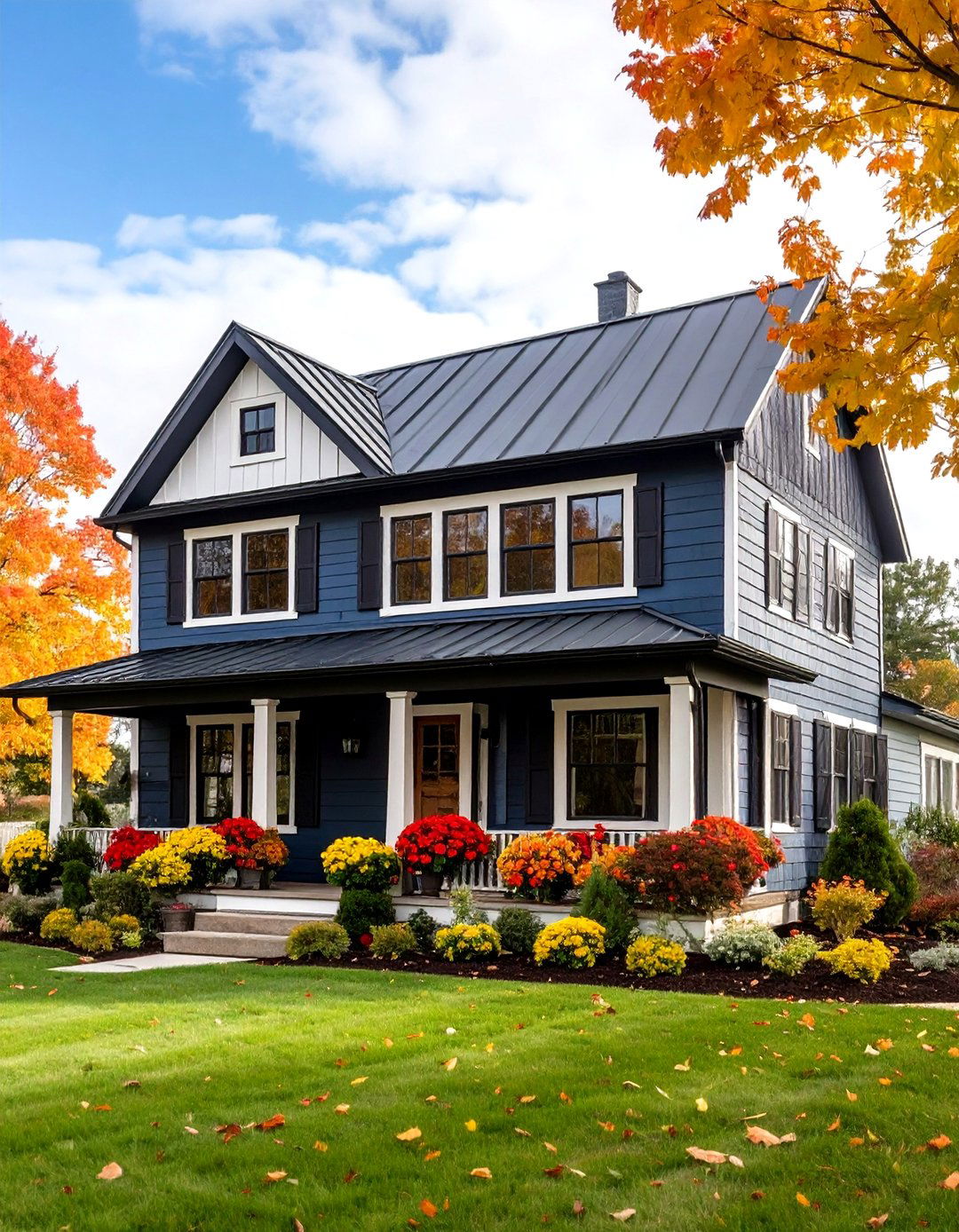
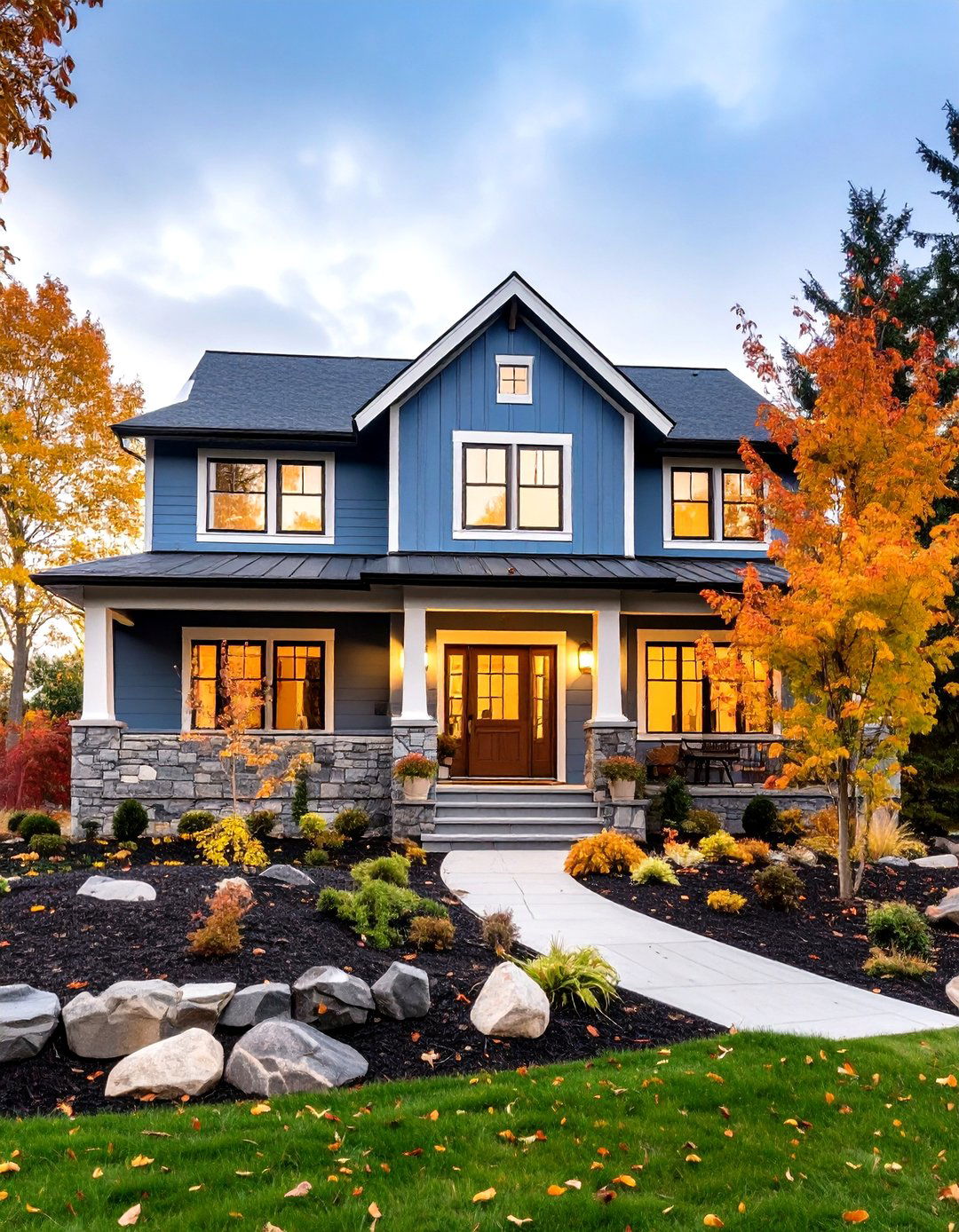
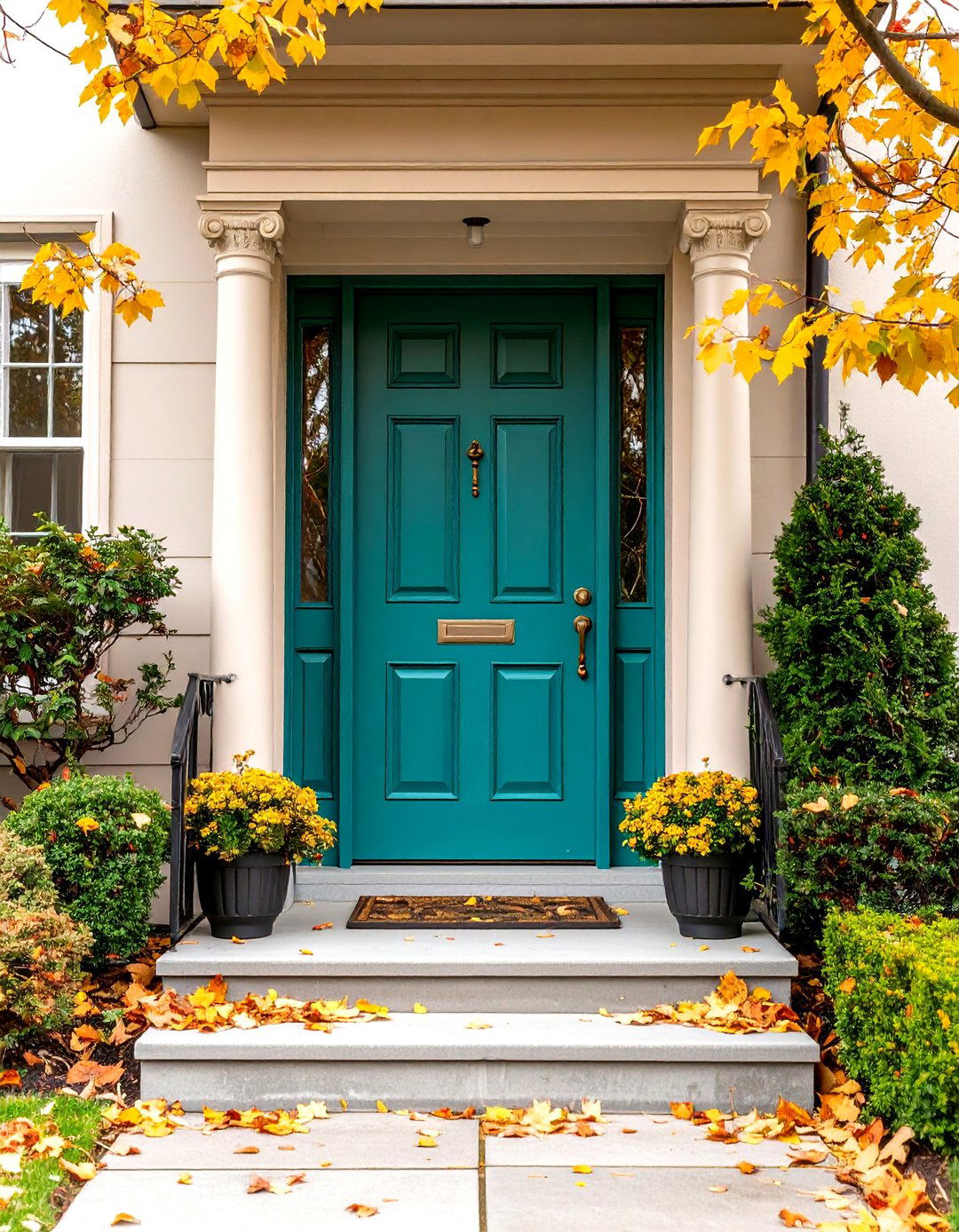


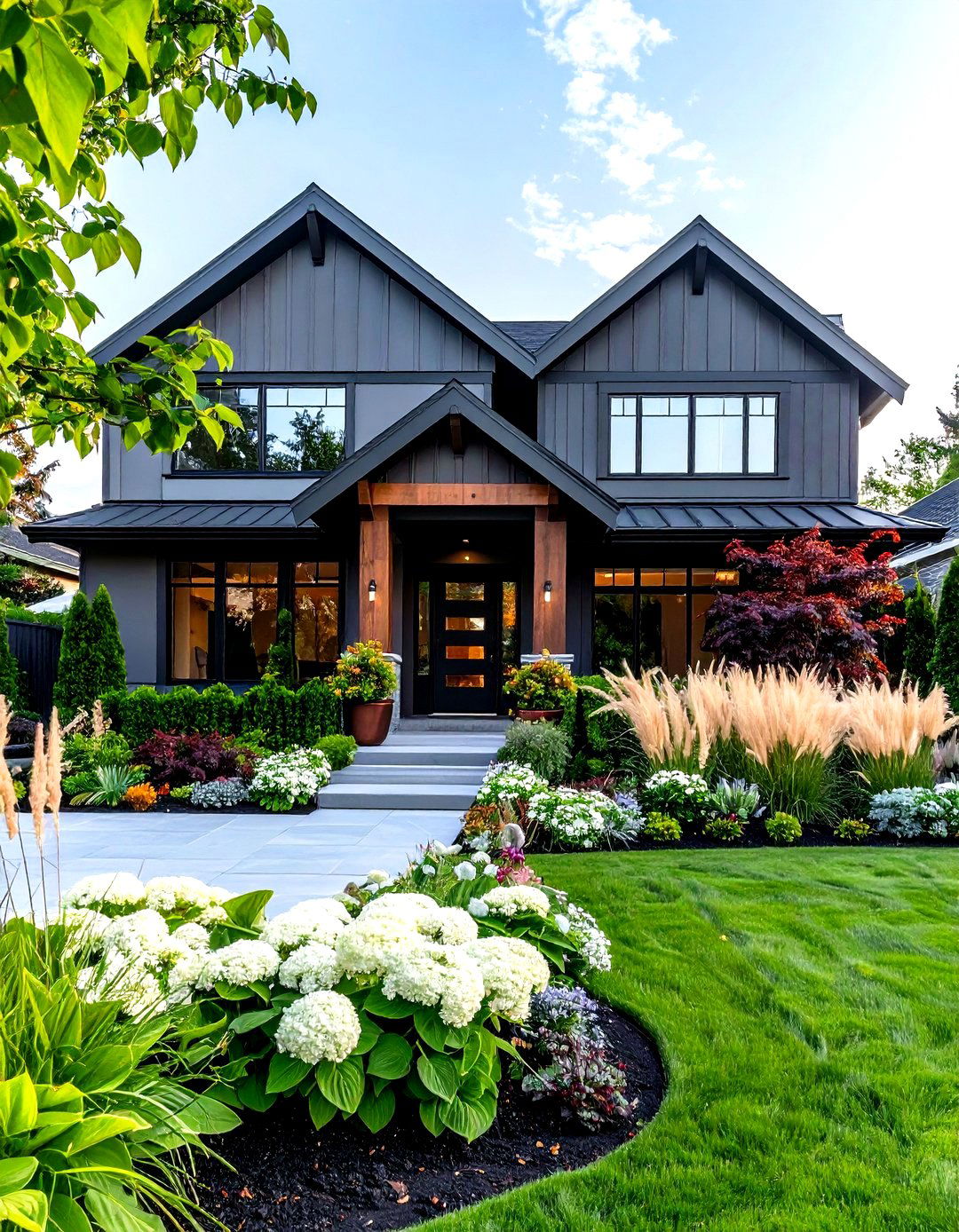
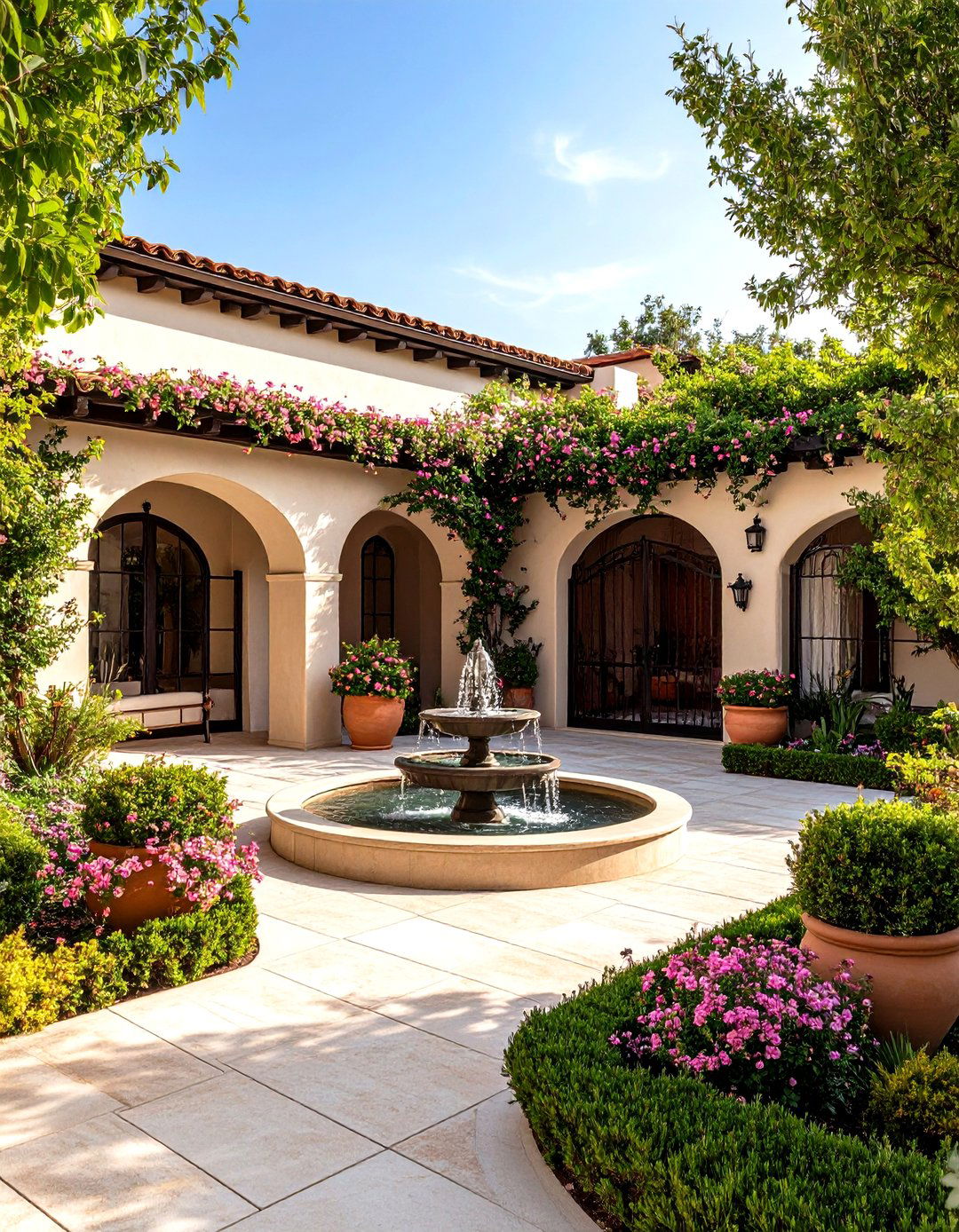

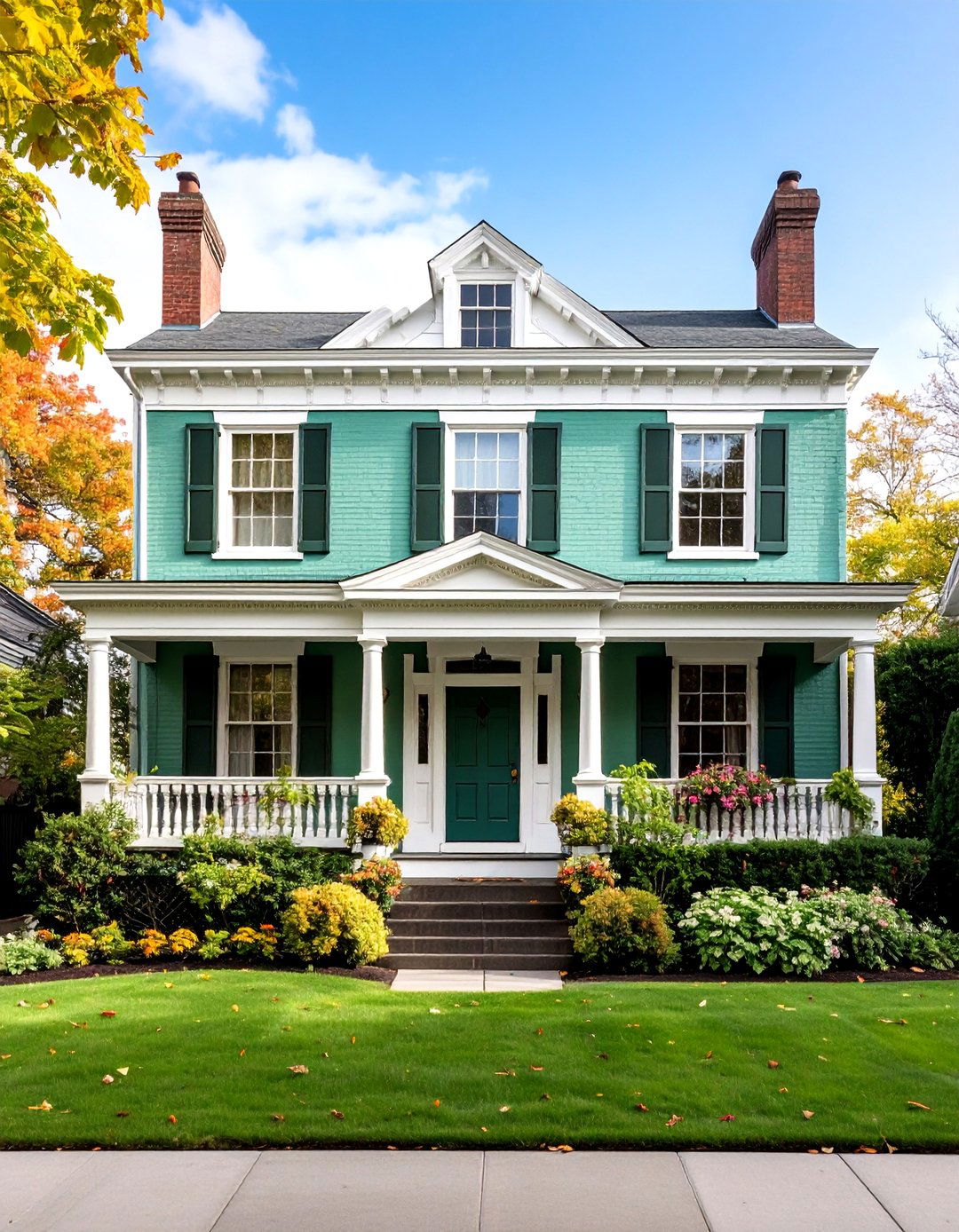
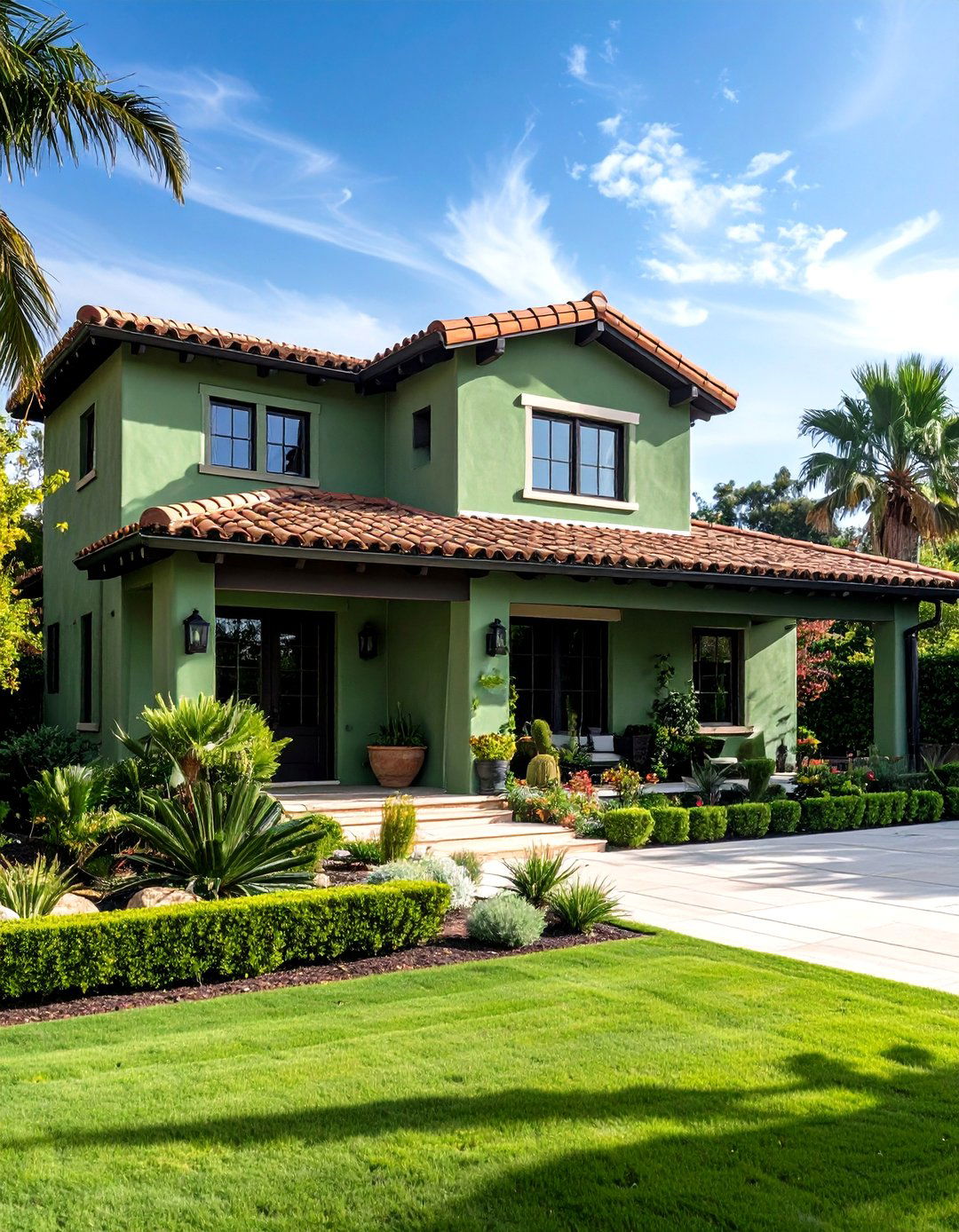
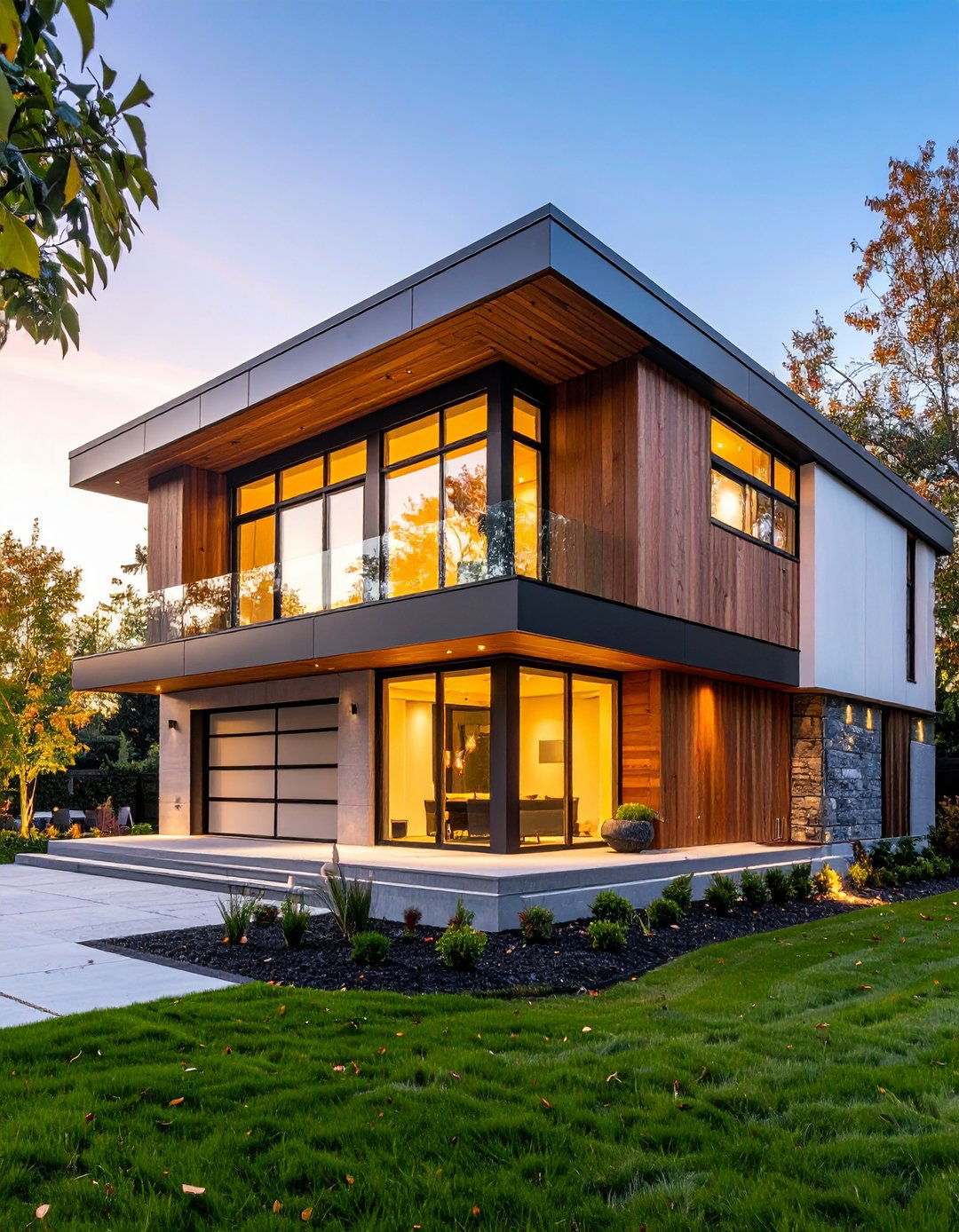
Leave a Reply